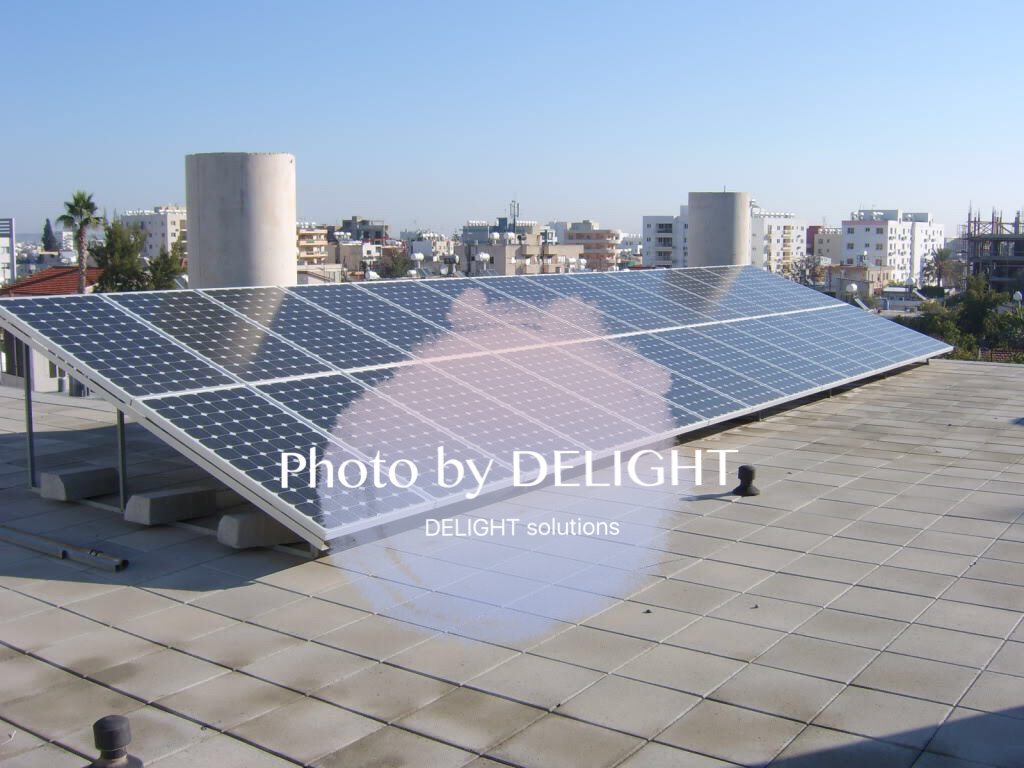Solar Cell Efficiency refers to the portion of energy in the form of sunlight that can be converted via photovoltaics into another more useful form, namely electricity.
The efficiency rating measures what percentage of sunlight hitting a panel gets turned into electricity that you can use. The higher the efficiency, the less surface area you`ll need in your solar panels.
In the lab, scientists have developed solar panels that are 40% efficient, or even slightly more than that. But there`s a big difference between the lab and the real world. Manufacturers haven`t yet figured out how to take these experiments and produce economically viable products.
In real world, cell efficiency is up to 21% and module efficiency is 17.5% for mono crystalline silicon Solar Panel. While for poly crystalline silicon solar panel, cell efficiency is 19% and module efficiency is 16%.
Several factors affect a cell's conversion efficiency value, including Panel Orientation, Roof and Panel Pitch, Temperature and Shade. In order to get to high efficiency, solar panel should face south/north, typically need to be installed with enough air flow to cool them down. Basically, shade is the enemy of solar panel efficiency. With poor solar design, even a little shade on one panel can shut down energy production on all of other panels.



Lead Acid batteries (LA), usually called Acidic batteries.
Use Lead and Lead Sulphate electrodes and Sulphuric acid electrolyte.
Construction classification:
The batteries divided also into two major groups based on its construction:-
• Vented batteries, also called open batteries with removable caps.
• Sealed batteries with valve regulator, usually used for lead acid batteries (Valve Regulated Lead Acid -VRLA).
The VRLA batteries classified to AGM or Gel groups based on the electrolyte media if it is Glass mate or Silica Gel.
Abg Battery,Gel Battery,Gel Cell Battery,Gel Car Battery
Yangzhou Delight Eco Energy Supplies Co., Ltd. , http://www.cndelight.com